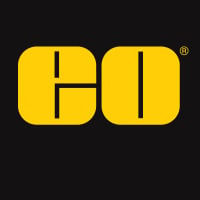I'm wondering if anyone has input on what I observed with larger format targets.
I've been interested in comparing the resolution of different optics at hundreds of feet rather than hundreds of inches. I do like close range viewing in the yard, but tend to use optics at longer distances in the field. Anyway, I assumed that larger format targets might be more useful than something like the 1951 USAF chart even though it has a wide range of element sizes. So I made my own simple targets with alternating black and white lines of uniform density that fill an 8.5"x11" sheet of paper, which seems to work fine. They are loosely based on the diffraction limits of the instruments.
What I didn't expect is that the resolution values that I am estimating are 110/D to 115/D which seems unrealistic. Even if I factor in some error in my measurement for lp/mm, I still get high resolution values.
These are good scopes, but I wonder if large format targets are not compatible with resolution estimates from the 1951 USAF chart?
It doesn't make sense to me. Unless the larger target provides more input to the instrument, eye, and brain?
I've been interested in comparing the resolution of different optics at hundreds of feet rather than hundreds of inches. I do like close range viewing in the yard, but tend to use optics at longer distances in the field. Anyway, I assumed that larger format targets might be more useful than something like the 1951 USAF chart even though it has a wide range of element sizes. So I made my own simple targets with alternating black and white lines of uniform density that fill an 8.5"x11" sheet of paper, which seems to work fine. They are loosely based on the diffraction limits of the instruments.
What I didn't expect is that the resolution values that I am estimating are 110/D to 115/D which seems unrealistic. Even if I factor in some error in my measurement for lp/mm, I still get high resolution values.
These are good scopes, but I wonder if large format targets are not compatible with resolution estimates from the 1951 USAF chart?
It doesn't make sense to me. Unless the larger target provides more input to the instrument, eye, and brain?





